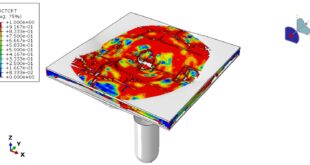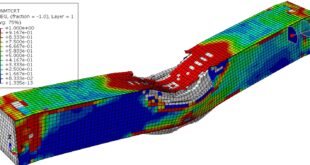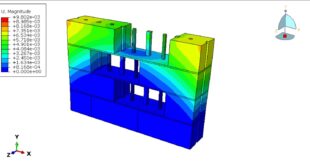In this tutorial, the Simulation cyclic loading over a Ultra-High-Performance-Fiber-Reinforcement Concrete column in Abaqus has been studied. The UHPFRC column is modeled as a three-dimensional solid part. You can see a figure of the assembled part below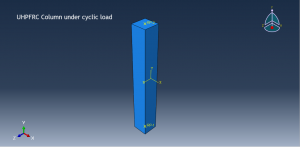
Ultra-high performance fiber reinforced concrete (UHPFRC) is a special type of concrete produced with Portland cement, reactive ad-mixtures, small size aggregates, inert admixtures, super plasticizes and surface treated steel fibers. The grading optimization of the mixture constituents provides a high packing density to the hardened composite and consequently ultra-high strength, ductility and durability can be obtained. Cement-based matrices with high strength present sudden failure after the first crack. The addition of fibers delays the fast interconnection between early age micro cracks and, moreover, activates toughening mechanisms between fiber and matrix. Due to these effects, UHPFRC presents a pseudo-strain hardening behavior after cracking initiation. Then, strain localization occurs at peak load and the bearing capacity of the composite decreases until the rupture. The inelastic phenomena associated with the entire process, as matrix cracking,fiber debonding and slip, provide a notable ductility and capacity of energy absorption to the cement-based material. The Concrete Damaged Plasticity model is used to model UHPFRC material under cyclic loading. The data can be extracted from the reference papers. The general static step with some changes in the convergence model is selected. To achieve the Hysteresis diagram, displacement and reaction force are requested. The load is applied to the top surface of the column with a amplitude to consider cyclic loading protocol. The fixed boundary condition is assigned to the bottom surface of the column. The mesh should be fine to obtain good results
After the simulation, all results such as stress, strain, Hysteresis diagram, and … are available. You can see some figure for the results below
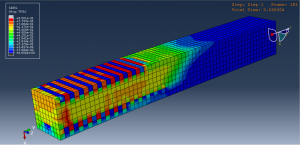
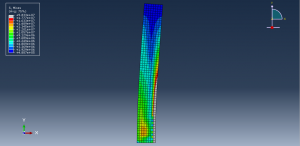
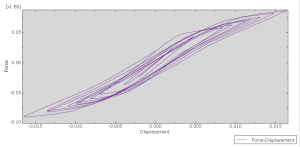
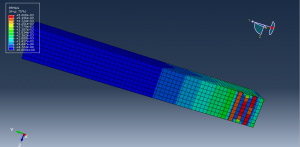
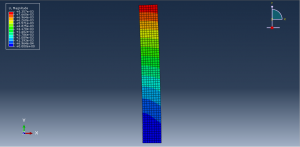
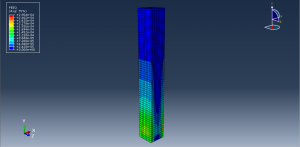
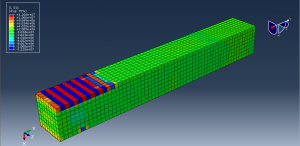
You can provide CAE ,INP,and English video files of this simulation here. The cost of these files is Twenty-Six Euros. you can click on the bellow bottom to beginning process
You can purchase the tutorial through a PayPal account, a Visa, or a Master card, just before payment,send me an email to this address: karampourp@gmail.com
 Abaqus tutorials Abaqus tutorials
Abaqus tutorials Abaqus tutorials
